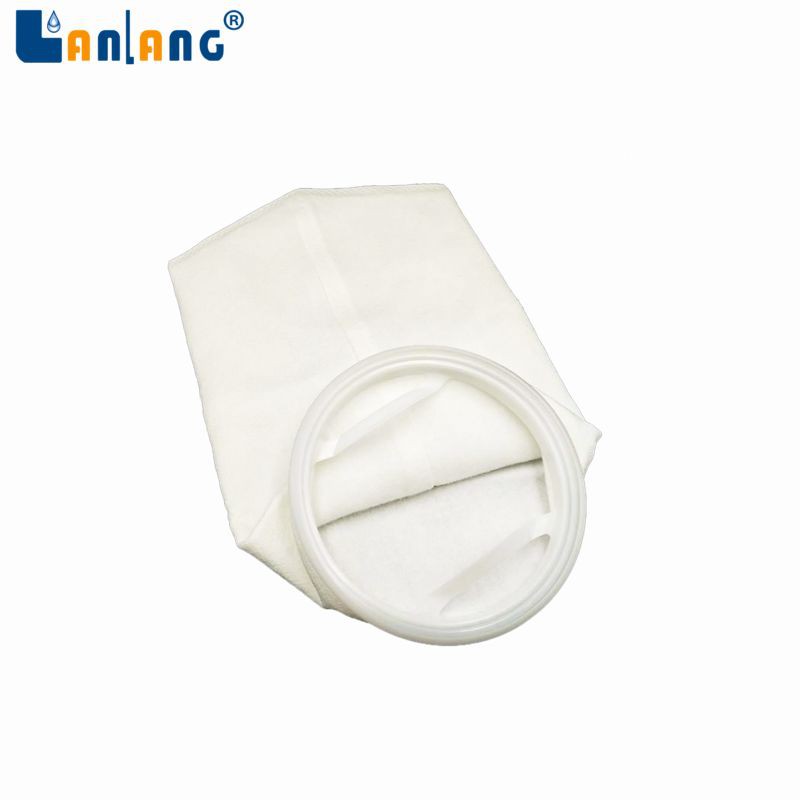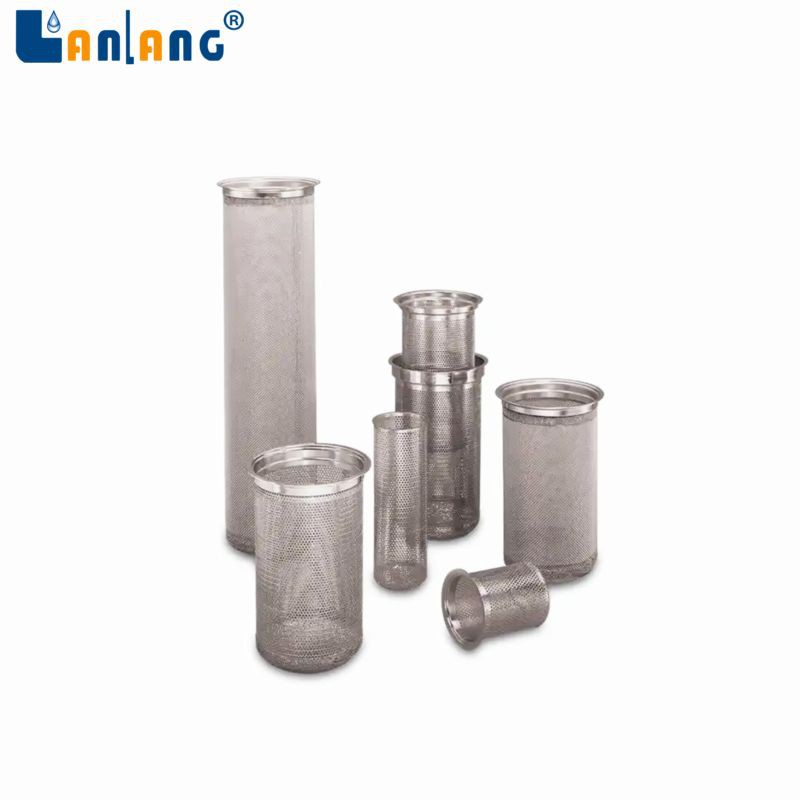Are filter bags easy to replace?
As a supplier of filter bags, I often encounter customers who have concerns about the replacement process of filter bags. In this blog, I'll delve into the question of whether filter bags are easy to replace, exploring various aspects such as the types of filter bags, the replacement process, and factors that can affect the ease of replacement.
Types of Filter Bags and Their Characteristics
There are several common types of filter bags, each with its own unique properties and applications. Let's take a look at some of the most popular ones:
- PE Filter Bag: PE filter bags are made from polyethylene, a synthetic polymer known for its chemical resistance and durability. These filter bags are often used in applications where resistance to acids, alkalis, and other corrosive substances is required. You can find more information about PE filter bags here.
- PP Filter Bag: PP filter bags are made from polypropylene, another synthetic polymer that is widely used in filtration applications. Polypropylene is known for its high strength, low cost, and good chemical resistance. PP filter bags are commonly used in industries such as food and beverage, pharmaceuticals, and water treatment. Check out our PP filter bags for more details.
- SS Filter Bag: SS filter bags are made from stainless steel, a metal alloy that is highly resistant to corrosion and oxidation. Stainless steel filter bags are often used in high-temperature and high-pressure applications, as well as in industries where cleanliness and hygiene are critical, such as the pharmaceutical and food industries. Learn more about our SS filter bags.
The Replacement Process of Filter Bags
The replacement process of filter bags can vary depending on the type of filter housing and the specific application. However, in general, the following steps are involved:


- Shut down the system: Before replacing the filter bags, it is important to shut down the system to prevent any flow of fluid through the filter housing. This will ensure the safety of the operator and prevent any damage to the filter bags or the filter housing.
- Depressurize the system: Once the system is shut down, it is necessary to depressurize the filter housing to release any built-up pressure. This can be done by opening a vent valve or a drain valve on the filter housing.
- Remove the filter housing cover: After the system is depressurized, the filter housing cover can be removed. This may require the use of tools such as wrenches or screwdrivers, depending on the type of filter housing.
- Remove the old filter bags: Once the filter housing cover is removed, the old filter bags can be taken out. It is important to handle the old filter bags carefully to avoid any spillage of the filtered material.
- Clean the filter housing: Before installing the new filter bags, it is recommended to clean the filter housing to remove any debris or contaminants that may have accumulated inside.
- Install the new filter bags: After the filter housing is cleaned, the new filter bags can be installed. Make sure that the filter bags are properly seated in the filter housing and that the seals are tight to prevent any leakage.
- Replace the filter housing cover: Once the new filter bags are installed, the filter housing cover can be replaced and tightened securely.
- Pressurize the system: After the filter housing cover is replaced, the system can be pressurized again. Check for any leaks or abnormalities in the system.
- Restart the system: Once the system is pressurized and checked for leaks, it can be restarted. Monitor the system for a few minutes to ensure that it is operating properly.
Factors Affecting the Ease of Filter Bag Replacement
Several factors can affect the ease of filter bag replacement. These include:
- Filter housing design: The design of the filter housing can have a significant impact on the ease of filter bag replacement. Some filter housings are designed with quick-release mechanisms or easy-to-remove covers, which can make the replacement process much faster and easier.
- Accessibility: The accessibility of the filter housing is another important factor. If the filter housing is located in a difficult-to-reach area or is surrounded by other equipment, it may be more challenging to replace the filter bags.
- Filter bag size and weight: The size and weight of the filter bags can also affect the ease of replacement. Larger and heavier filter bags may require more effort to handle and install, especially if they are located in a high or hard-to-reach position.
- Operator training: Proper operator training is essential for ensuring the safe and efficient replacement of filter bags. Operators should be familiar with the replacement process and the specific requirements of the filter bags and the filter housing.
Conclusion
In general, filter bags are relatively easy to replace, especially if the filter housing is designed for easy access and the operator is properly trained. However, the ease of replacement can be affected by several factors, such as the filter housing design, accessibility, filter bag size and weight, and operator training.
If you are considering purchasing filter bags, it is important to choose a supplier that offers high-quality products and provides comprehensive support and training. At our company, we are committed to providing our customers with the best filter bag solutions and ensuring that they have a smooth and hassle-free experience.
If you have any questions about filter bag replacement or would like to discuss your specific filtration needs, please do not hesitate to contact us. We look forward to the opportunity to work with you and help you find the perfect filter bag solution for your application.
References
- Filtration Handbook, Fourth Edition, by Christopher D. Johnson
- Industrial Filtration for Process Applications, Second Edition, by Christopher D. Johnson
